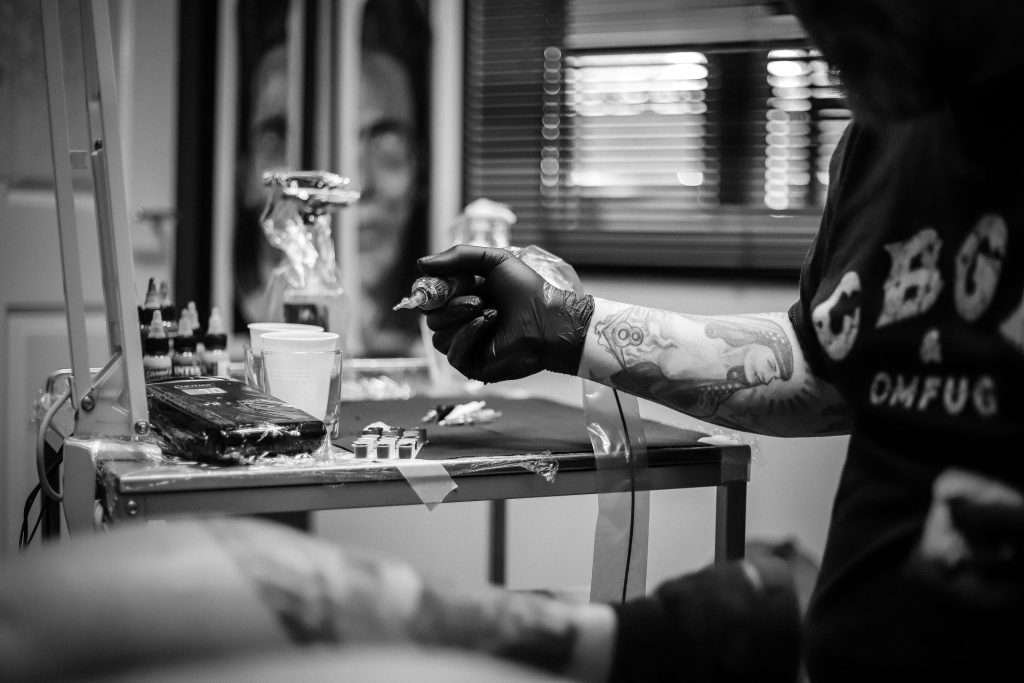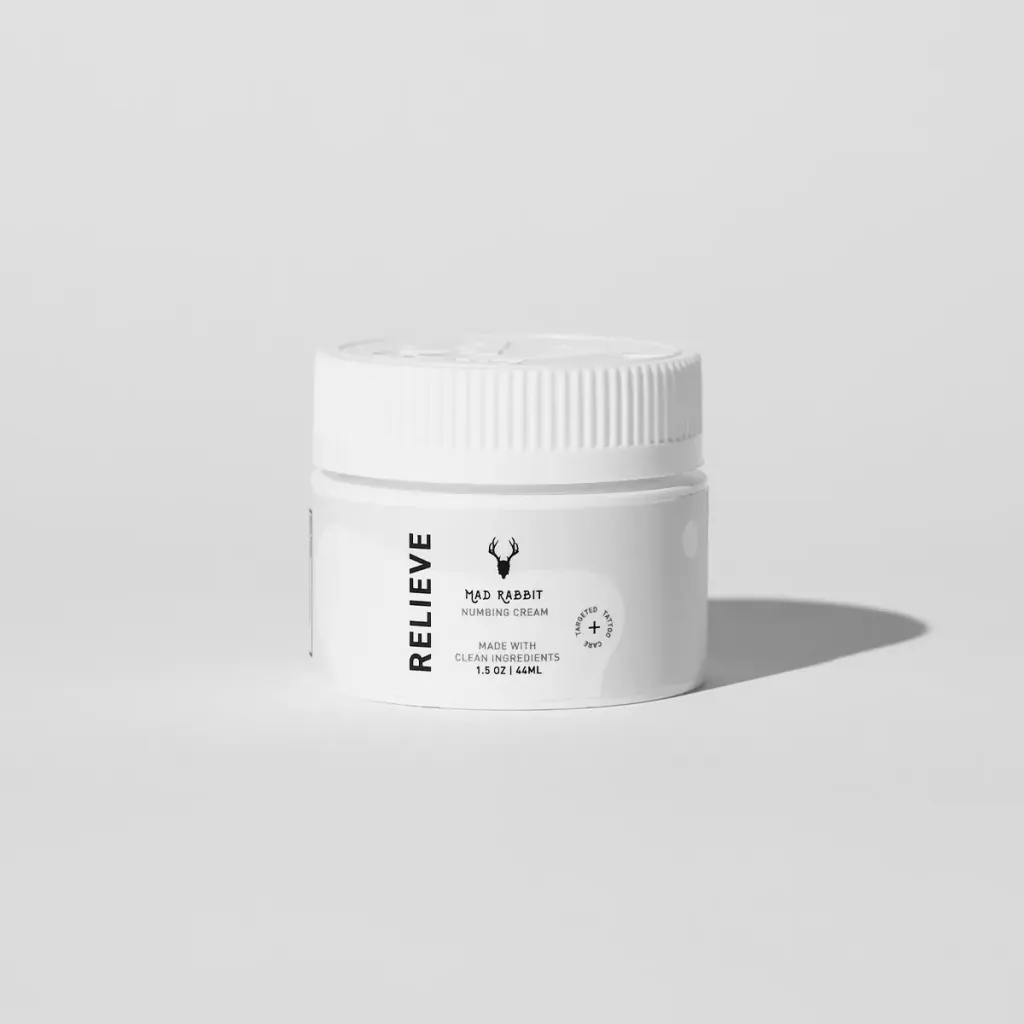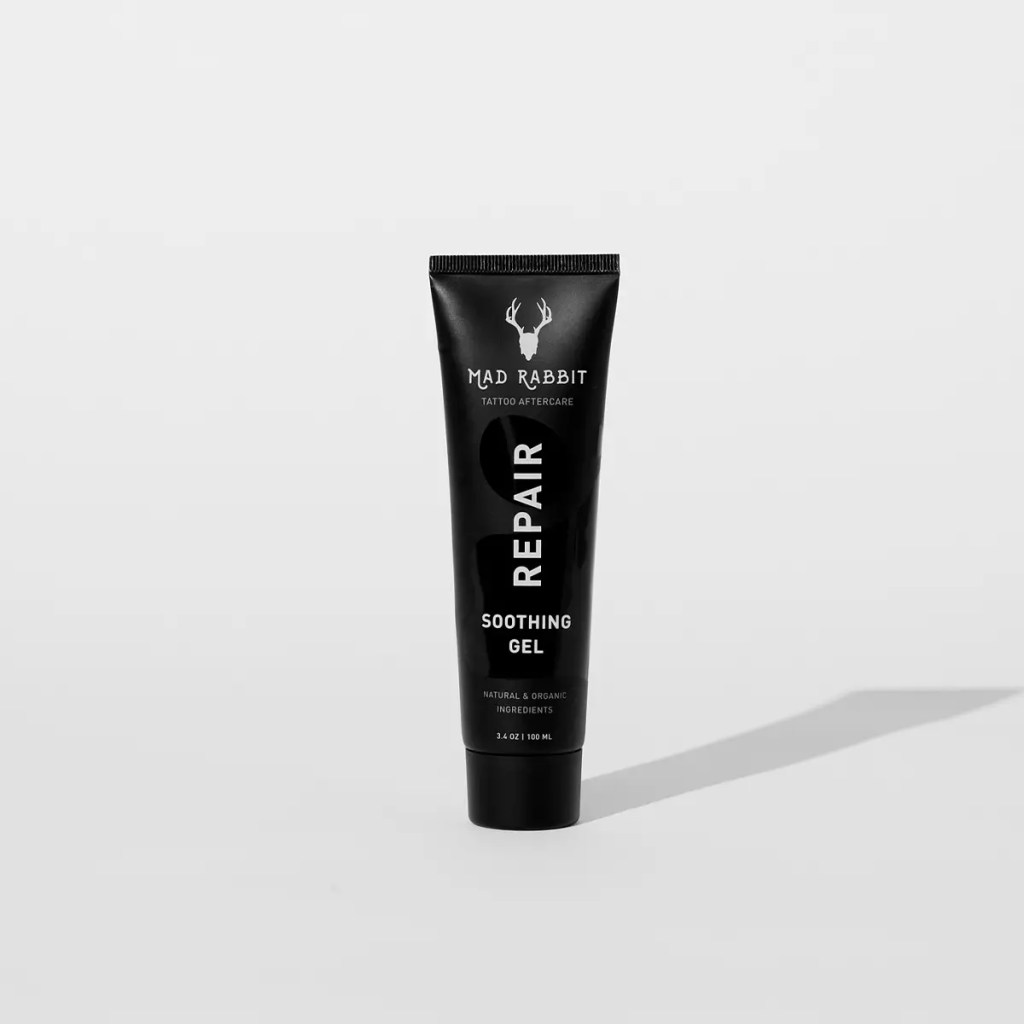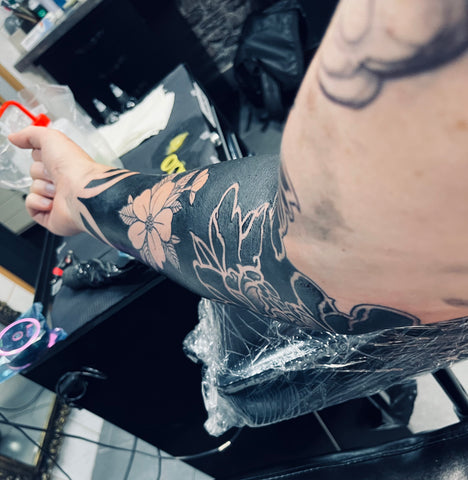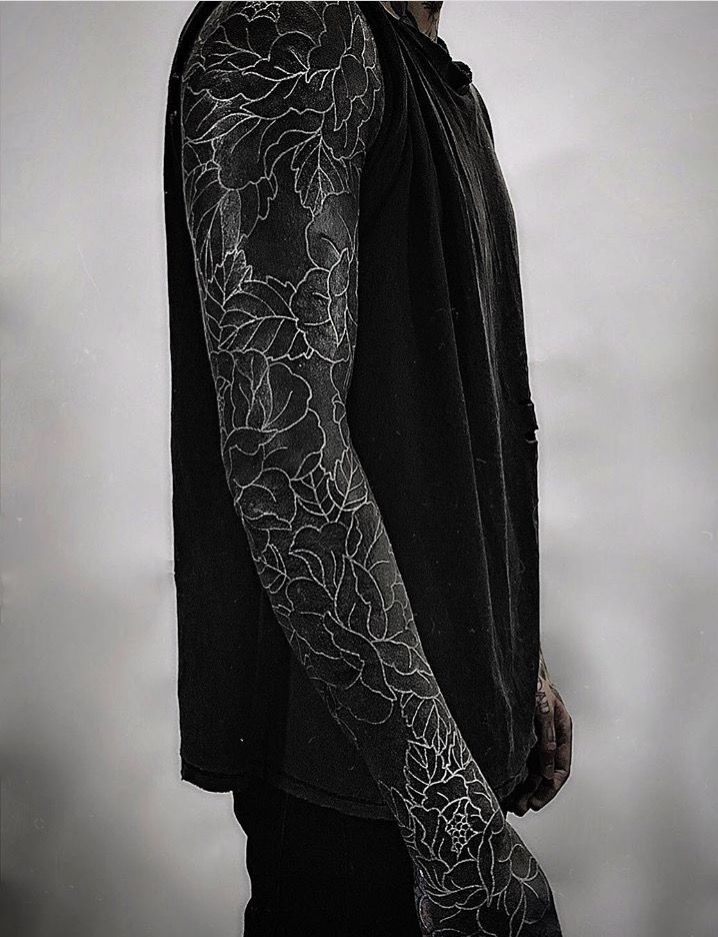Tattoo ink won’t make you fail a drug test. And tattoo numbing products will not create a false positive for cocaine or methamphetamine on drug tests.
The use of tattoo numbing products that contain Lidocaine, Prilocaine, Benzocaine and other topical anesthetic drugs cannot produce false positives for cocaine during urinalysis drug testing.
An often cited and yet incorrect belief people hold, is that any of the ‘caine’ drugs used in topical anesthetics can cause a false positive for methamphetamine or cocaine. And this is not true.
Neither tattoo ink nor tattoo numbing creams will make you fail a drug test. No substance used in the tattoo process will lead to a failed drug test or false positive drug test result.
Tattoo numbing cream will not make you fail a drug test
If you are getting a tattoo using a numbing product and you do work for an organization or agency that has drug screening you should keep evidence of your use of the numbing product (i.e. receipt for purchase). As you should with all medication you use.
All ‘effective’ tattoo numbing products have an active ingredient that is a topical anesthetic. And I say ‘effective’, because there are a few on the market that have no topical anesthetic and do absolutely nothing for pain relief. The ones without a topical anesthetic won’t create a false positive on a drug test. But they also won’t numb anything during your tattoo (they’ll just waste your money).
Look at the packet on any reputable numbing cream and you’ll see there will be at minimum Lidocaine. And for the better creams there will be a combination of Lidocaine, Prilocaine and Epinephrine.
Lidocaine and Prilocaine are the main numbing agents and are allowable in amounts up to 5%. Lidocaine and Prilocaine cannot return false positives for their similarly named illicit counterpart, cocaine.[1]
Scientific studies have shown that lidocaine, prilocaine and all of the commonly used ‘caine’ drugs in topical anesthetics do not break down into the particular metabolite which drug tests screen for.[1] They will not provide a false positive for cocaine or methamphetamine.
If you are trying to blame a tattoo numbing product or any other substance used in the tattoo process for your failed drug test you will likely be unsuccessful.
When going for a drug test you are required to declare all substances you might be taking, legal or otherwise. Declare all medications, creams, salves and balms but have no fear as your tattoo products will not cause a false positive result on a drug test.
Tattoo ink will not make you fail a drug test
Tattoo ink contains no ingredients that will return a false positive on a drug test. If your workplace has mandatory drug testing the ink from a tattoo will not return a false positive. It will not make you fail a drug test.
Tattoo aftercare creams, balms or salves will not make you fail a drug test
Tattoo aftercare creams, balms and slaves do not contain products or ingredients that will make you fail a drug test. Nothing in tattoo aftercare products will cause you to fail a drug test. They do not include painkillers, topical anesthetics or any form of medication.
Article Sources – Recommended further reading
Vagabond takes every opportunity to use high-quality sources, including peer-reviewed studies, to support the facts within our articles. Read our editorial guidelines to learn more about how we keep our content accurate, reliable and trustworthy.
- Kim, E., Murray, B. P., Salehi, M., Moran, T. P., Carpenter, J. E., Koch, D. D., Ritchie, J. C., Schindler, J. M., & Morgan, B. W. (2019). Does Lidocaine Cause False Positive Results on Cocaine Urine Drug Screen?. Journal of medical toxicology : official journal of the American College of Medical Toxicology, 15(4), 255–261. https://doi.org/10.1007/s13181-019-00720-3
